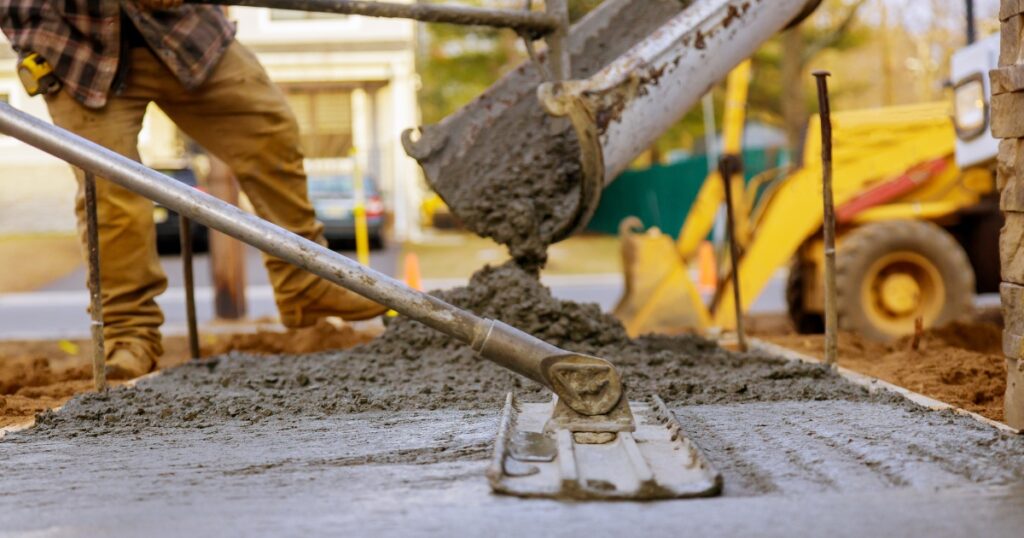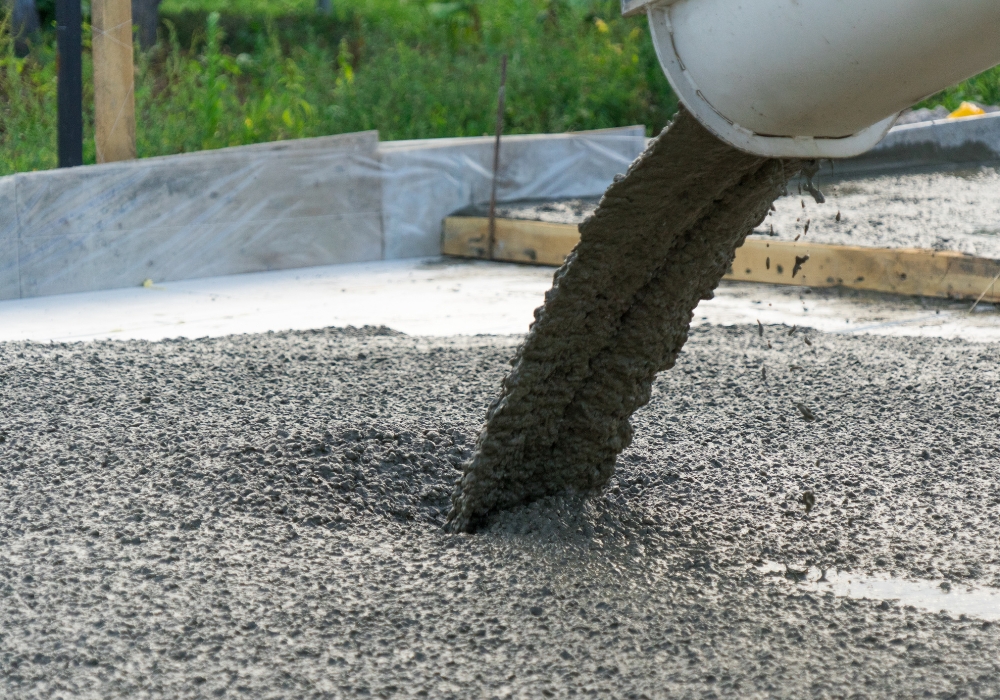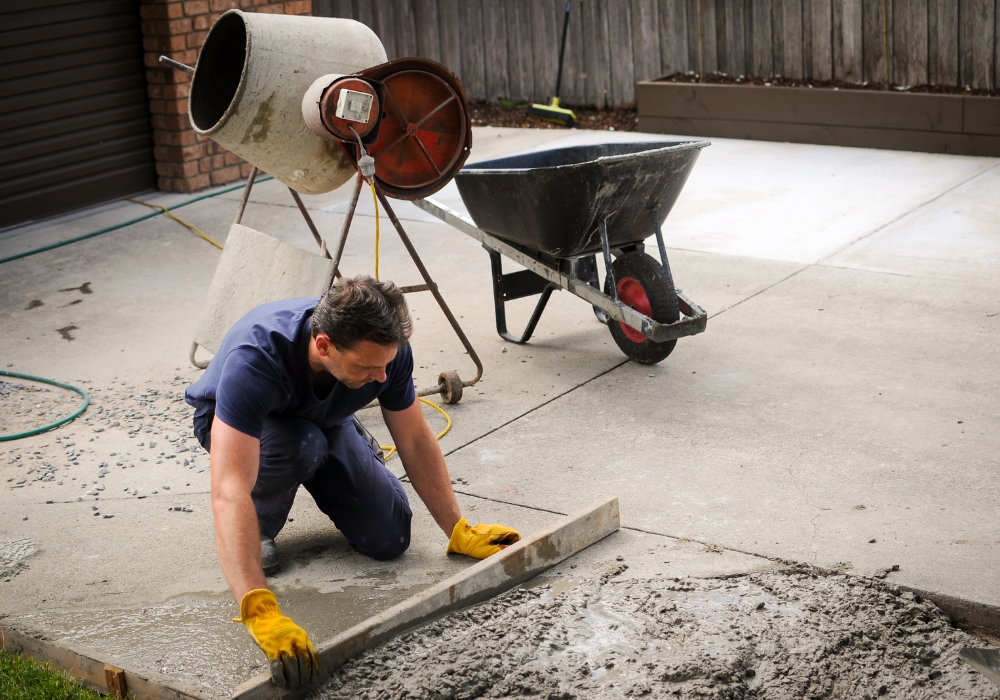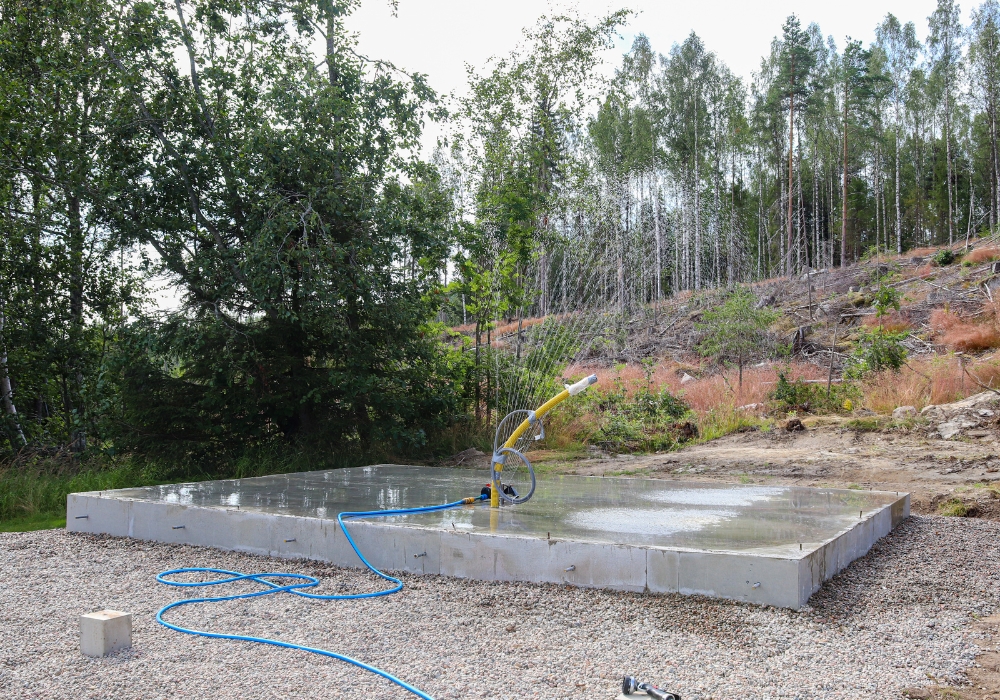Concrete construction relies on several critical components, one of which is formwork. Often overlooked, formwork plays a vital role in shaping, supporting, and enhancing the quality of concrete structures. Understanding the role of formwork can help you appreciate its importance in achieving a successful and durable concrete project. Here’s a detailed look at formwork in concrete construction.
What is Formwork?
Formwork is a temporary or permanent mould into which concrete is poured to achieve the desired shape and support while it sets. It serves as a skeletal framework, holding the concrete in place until it gains enough strength to support itself. Formwork ensures the concrete structure’s dimensions and shape are accurate, and it contributes to the final appearance and structural integrity of the project.
Types of Formwork
Formwork comes in various types, each suited for specific applications and requirements:
- Timber Formwork: Traditional and easy to construct, timber formwork is versatile and can be cut into any shape. It is commonly used for small-scale projects or custom shapes.
- Steel Formwork: Known for its strength and durability, steel formwork is reusable and provides a smooth finish. It’s ideal for large-scale projects and repetitive use.
- Plastic Formwork: Lightweight and reusable, plastic formwork is suitable for simple structures and repetitive work, such as housing projects.
- Aluminium Formwork: Lightweight yet strong, aluminium formwork is used for quick assembly and disassembly, making it efficient for large projects.
Importance of Formwork in Construction
Accurate Shaping and Support
Formwork ensures the concrete is shaped accurately according to the design specifications. It provides the necessary support to hold the concrete in place as it cures, preventing sagging or deformation. This accuracy is crucial for both the structural integrity and aesthetic appeal of the final structure.
Structural Integrity
The strength and stability of a concrete structure largely depend on the quality of the formwork. Properly constructed formwork prevents concrete from spilling or collapsing, ensuring the structure sets correctly and gains the required strength. Any flaws in formwork can lead to weak spots in the concrete, compromising the entire project.
Efficient Construction Process
Good formwork can significantly speed up the construction process. It allows for faster pouring and setting of concrete, reducing the overall project timeline. Reusable formwork materials, such as steel and aluminium, further enhance efficiency by allowing for quick assembly and disassembly.
Design Considerations for Formwork
Load-Bearing Capacity
When designing formwork, it’s essential to consider the load-bearing capacity. The formwork must support the weight of the wet concrete, construction workers, and any additional loads without deforming or collapsing. Calculating the load accurately ensures the formwork is strong enough to handle the pressure.
Ease of Assembly and Disassembly
Formwork should be designed for easy assembly and disassembly to streamline the construction process. Modular formwork systems that can be quickly put together and taken apart save time and labour costs, making the project more efficient.
Surface Finish Quality
The quality of the formwork affects the surface finish of the concrete. Smooth, well-constructed formwork results in a high-quality finish, reducing the need for additional surface treatments or repairs. Ensuring the formwork is clean and free of defects before pouring the concrete is essential for achieving a smooth finish.
Challenges and Solutions
Common Challenges
Formwork construction can present several challenges, including:
- Leakage: Gaps in the formwork can lead to concrete leakage, affecting the final shape and strength.
- Alignment Issues: Poorly aligned formwork can result in uneven or misshapen structures.
- Material Deformation: Inferior materials or improper construction can cause the formwork to deform under the weight of the concrete.
Solutions
Addressing these challenges involves careful planning and execution:
- Seal Gaps: Use sealing materials or tight construction techniques to prevent leakage.
- Accurate Measurements: Ensure precise measurements and alignment during formwork construction to avoid misalignment.
- Quality Materials: Use high-quality materials and follow best practices to prevent deformation and ensure the formwork can withstand the load.
Formwork: The Backbone of Concrete Construction
Formwork is an essential component of concrete construction that plays a crucial role in shaping, supporting, and ensuring the quality of concrete structures. By understanding its importance and addressing common challenges, you can achieve efficient and successful concrete projects. Whether you’re a DIY enthusiast or a professional contractor, investing time and effort into proper formwork construction will pay off in the durability and aesthetics of your concrete work.






